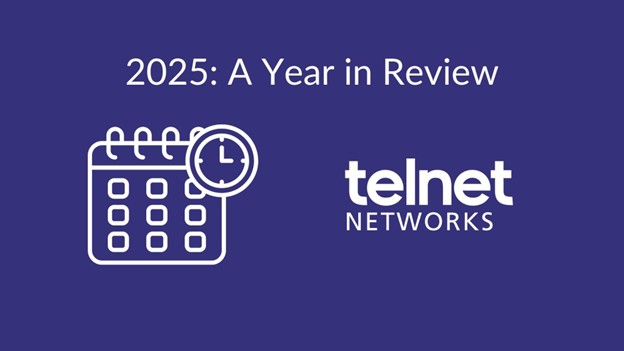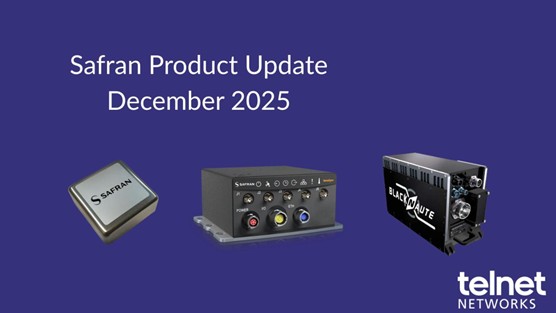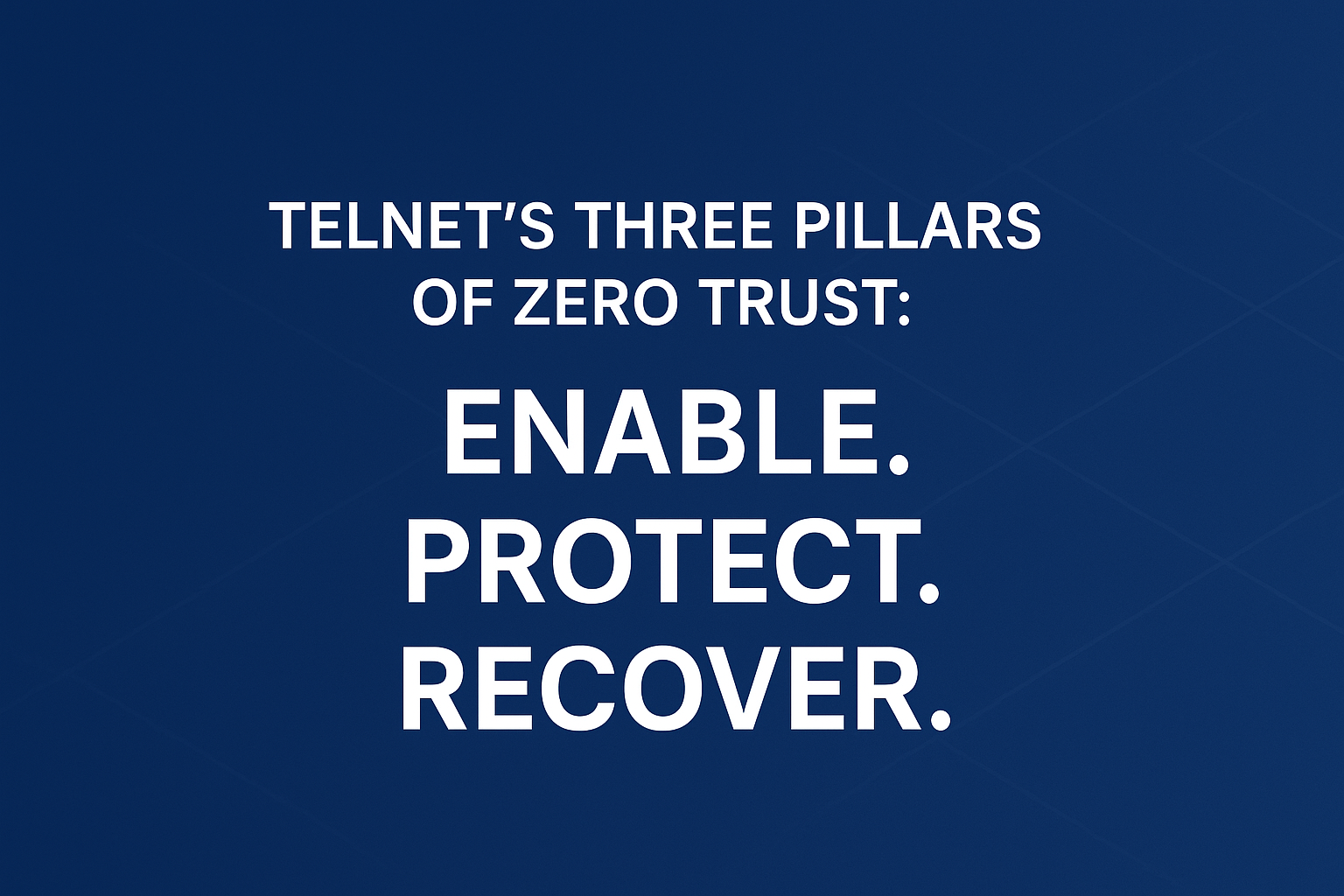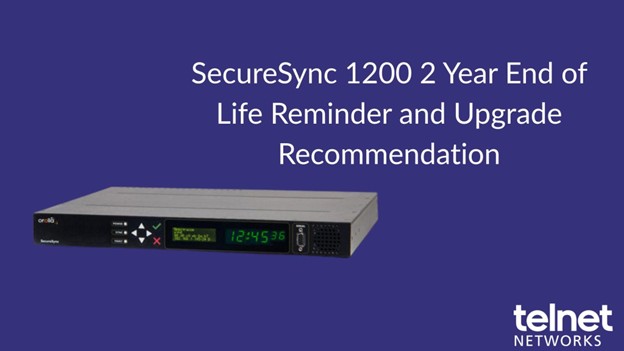Customers are the lifeblood of any business, and for many companies, your contact centre is the front line for interacting with these customers.Despite the importance, few companies have a comprehensive disaster recovery and business continuity plan in place for their contact centre.
Many back-office functions can be performed by employees from their home computers or mobile devices, but this is not possible for contact centre employees. Voice communication is critical during or after a disaster, and even if they cannot access data, agents need to remain available for customers. In other words, business continuity plans for the contact centre should include not only IT recovery but also alternative working facilities as well.
One of the most important elements of any business continuity plan is regular testing. This is particularly important for contact centres given the complexity of their infrastructure and service levels.
4 key factors to consider when planning your business continuity planning is
- Remember that a contact centre is more than just technology: make plans for where your agents are going to sit and function as a unit. You may be at the recovery site for longer than anticipated, so acceptable working conditions are a must. In addition, news of a disaster always means an increase in call volume, so make sure sufficient seats and infrastructure are available.
- Understand the implications for your reputation
and brand. If the face of your company goes down, you will suffer some
reputational damage. This will help you to put in place the right level of
contingency planning. - Understand the implications for your reputation and brand. If the face of your company goes down, you will suffer some reputational damage. This will help you to put in place the right level of contingency planning.
- Check that your service providers have their own business continuity plans in place—and that you are happy with them.
- Test, Test, Test. A “real” test should be conducted every six months, with your agents physically working from the disaster recovery site for a days to see how things go.
The time you spend understanding what you need to put in place to keep your companies’ lines of communication during a disaster is time and money will spent.









